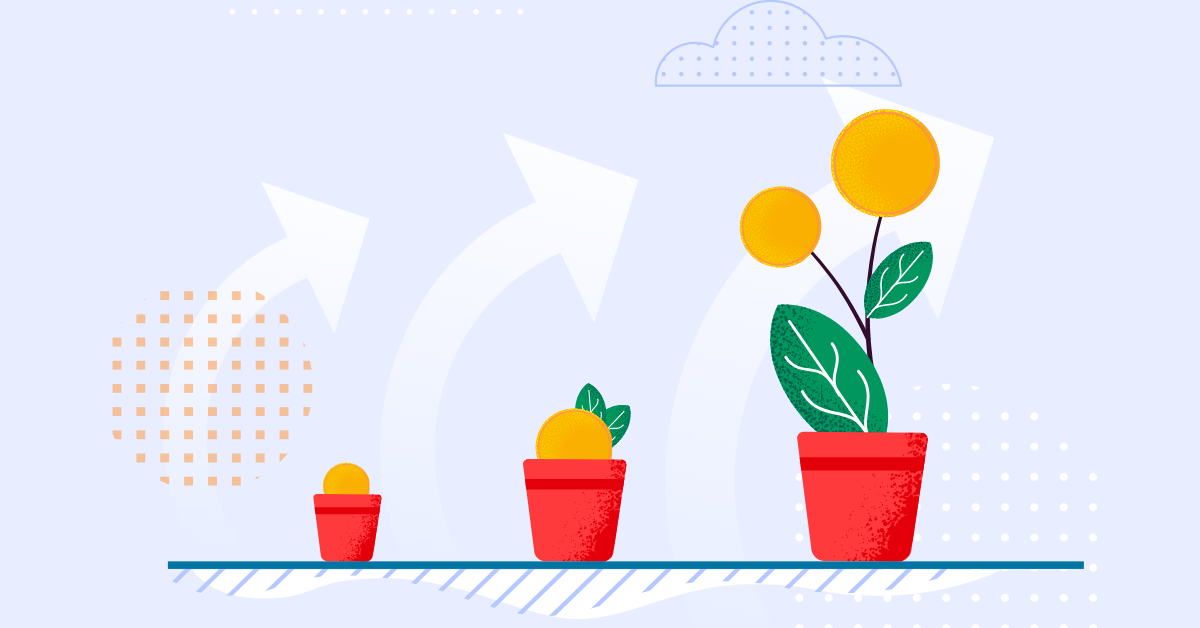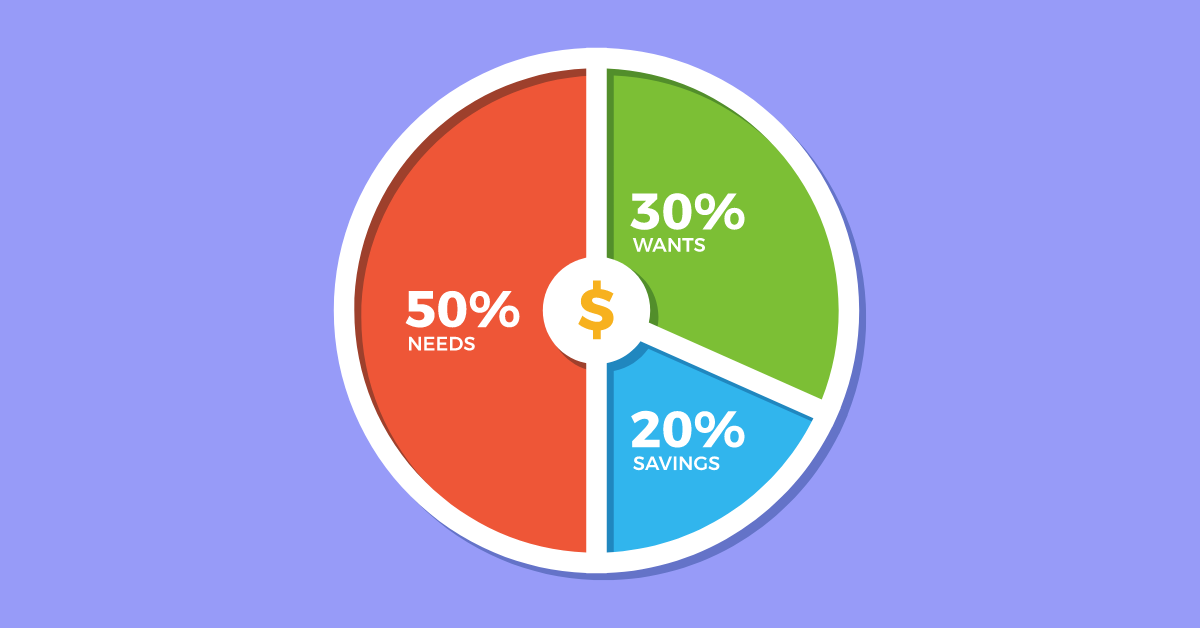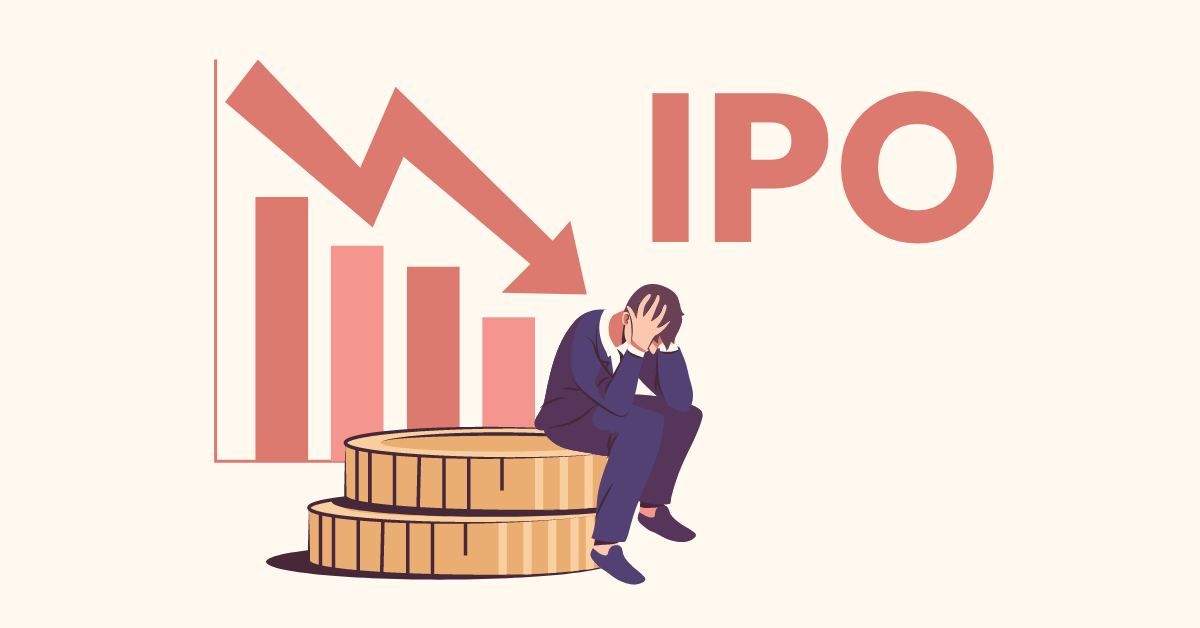Inflation & deflation are pretty familiar terms nowadays. Many of us might have read these in the newspaper or heard on the News Channel. Also, the usage of such representations is so random & vague that it might be confusing and misleading a few times. Basic information on such topics is good, but having complete knowledge is excellent and helps decide the best.
This article will explain what is meant by inflation and deflation, causes of inflation in India, causes of deflation and try to understand Inflation vs Deflation comprehensively.
What is Inflation?
Inflation refers to a general progressive increase in goods and services in an economy. The price increase reflects the declining purchasing power of a currency. In common words, inflation is when significant populations find it difficult to afford anything more than necessity.
“Inflation is taxation without legislation.”
– Milton Friedman, Veteran Economist and Nobel Memorial Prize holder in Economic Sciences
| Types of Inflation | Description |
| Creeping Inflation | Less than 3% per year price rise |
| Chronic Inflation | Longer existence of creeping inflation |
| Walking Inflation | Prices rise by more than 3% but less than 10%. |
| Moderate Inflation | Less than 10% per annum price rise |
| Running Inflation | Prices rise by more than 10% per year. |
| Galloping Inflation | Price rise by the double or triple-digit rate |
| Hyperinflation | Price rise over 1000% per annum |
Causes of Inflation in India
India’s inflation rate is anticipated to be 4.05% by 2026, and it is predicted to be reduced at a slow rate. Let’s try to understand some key reasons for inflation:
- Money Supply
It is surprising, but excess currency supply is the primary reason for inflation in an economy. Different currency enables everyone to spend more & more, resulting in a reduction in currency’s value. Also, to balance the demand & supply cycle, prices increase by default in such a scenario.
- National Debt
The Indian budget mostly gets on the deficit, which causes an increase in national debt. To neutralize the national debt country is left with two options:
- Raising internal taxes.
- Printing additional currency to pay off the debt.
One way or another, both of these will cause inflation after a period.
- Demand-Pull Effect
The demand-pull effect states that people will have more money to spend on goods and services in a growing economy. The sudden increase in demand for goods and services will result in companies raising prices that cause inflation.
- Cost-Push Effect
The cost-push effect can be defined when overall prices increase (Inflation) due to increases in the cost of wages and raw materials. Cost-push inflation can arise when higher production costs cause a decrease in the aggregate supply of goods in the economy.
5. Exchange Rates
When an economy is globally trading, exchange rates play an essential role in determining inflation. An economy exposed to forex markets primarily functions based on the dollar value.
What is Deflation?
Deflation means a situation in the economy when the general price level of goods and services declines. Deflation causes nominal costs of capital, labour, goods, and services to fall, leading to a decline in the general price level of consumables.
Only the consumer section of society benefits from the deflation situation, not investors. A fall in the price level of items leads to an increase in purchasing power of consumers. Though, they can purchase more goods and services at the same prices. At the same time, deflation can harm borrowers, who are bound to pay their debts in money worth more than the amount they have borrowed.
Types of Deflation
Deflation Due to Decreasing Demand
The decline in demand for goods and services harm business and the economy. The situation leads enterprises to bear the loss, even below the break-even point in some cases. The decline in profitability of the company and reduction in demand for products reduce the wages, and employees are laid off. It ultimately reduces the purchasing power of the public and lowers the general price levels of items.
Deflation Caused Increased Productivity
Reduction in cost of production and technological advancements are the leading cause of increased production. In this type of deflation, consumers see lower prices, higher output, higher productivity, higher profits, and hopefully higher real wages. Consumers’ real income and purchasing power increase; hence, demand remains the same.
Causes of Deflation
The leading cause of deflation in a fall in aggregate demand of goods and services are –
Decreased Money Supply
The country’s central bank might implement tight monetary policies due to which people start to invest instead of spending on goods or services. Government implementation of policies like high-interest rates reduces the money supply in the country.
Negative Economic Situations
Recession and deflation cause more savings, and people may fear investing their money due to market downfall. The pessimistic approach of people stops them from spending on goods and services.
Low Cost of Production
Cost of production, i.e., capital, labour, goods, and services, falls, making producers able to manufacture more, leading to an economy’s oversupply. Demand remains unchanged, and producers have to reduce prices to sell their produced units. That is how the general price level of goods and services declines.
Technological Advancement
Due to technological advancements, new machinery and plants are available to produce more goods in less time and at lower costs. Hence prices of goods and services go down generally.
Inflation vs Deflation
Inflation and deflation are the two opposite terms, and therefore, whatever inflation causes, the deflation would affect it differently. So let’s try to understand the difference between inflation and deflation.
- Inflation is a situation where the general price level of commodities increases, but in deflation, prices go down.
- Moderate inflation is good for the economy’s growth, whereas deflation does not grow; but will only help the consumers.
- Inflation reduces the public’s purchasing power while deflation increases consumers’ real income.
- Inflation disturbs the economy, whereas deflation reduces investments, thus resulting in more unemployment.
The Bottom Line
After several years of high inflation, the fall in prices could help improve the demand for goods and services in India, which will help accelerate economic growth further. Inflation and deflation both contribute to the economy but in different ways. While deflation could be the worst for the economy, inflation between 0% to 2% is considered stable.
We at WealthDesk offer WealthBaskets designed explicitly by the SEBI-approved professionals to invest in a portfolio of stocks and ETFs.
FAQs
Inflation below the 2% rate is considered healthy for the economy. Still, in case of deflation, the interest rate may reach 0%, and if it starts going below 0%, the banks may see a tough time making payments to the depositors.
Borrowers and lenders benefit from inflation and deflation. Usually, lenders benefit as they get higher interest rates during inflation, and during deflation, the borrowers can repay at a lower interest rate. But, it all depends on the circumstances and the money supply at that time.
The economists have suggested that inflation results from sudden overspending by people after the lockdown, a short supply of labor, and a breakdown in the supply chain.
Moderate inflation is considered healthy for the economy. It means that there is a healthy demand for the goods produced. Deflation on the other hand shows that there is very little demand for the goods produced. So, deflation discourages producers and leads to the slowing of economic growth.


















